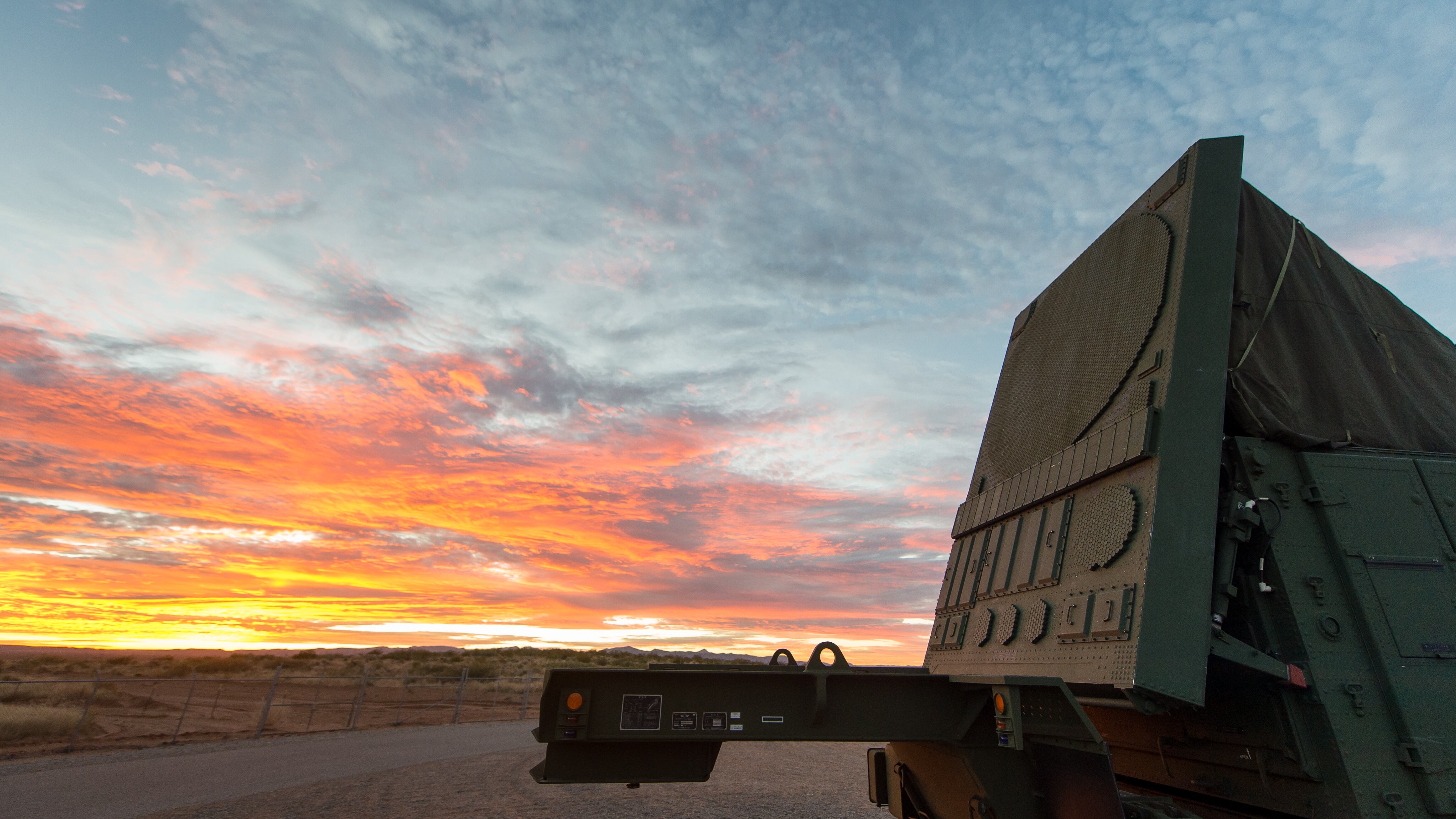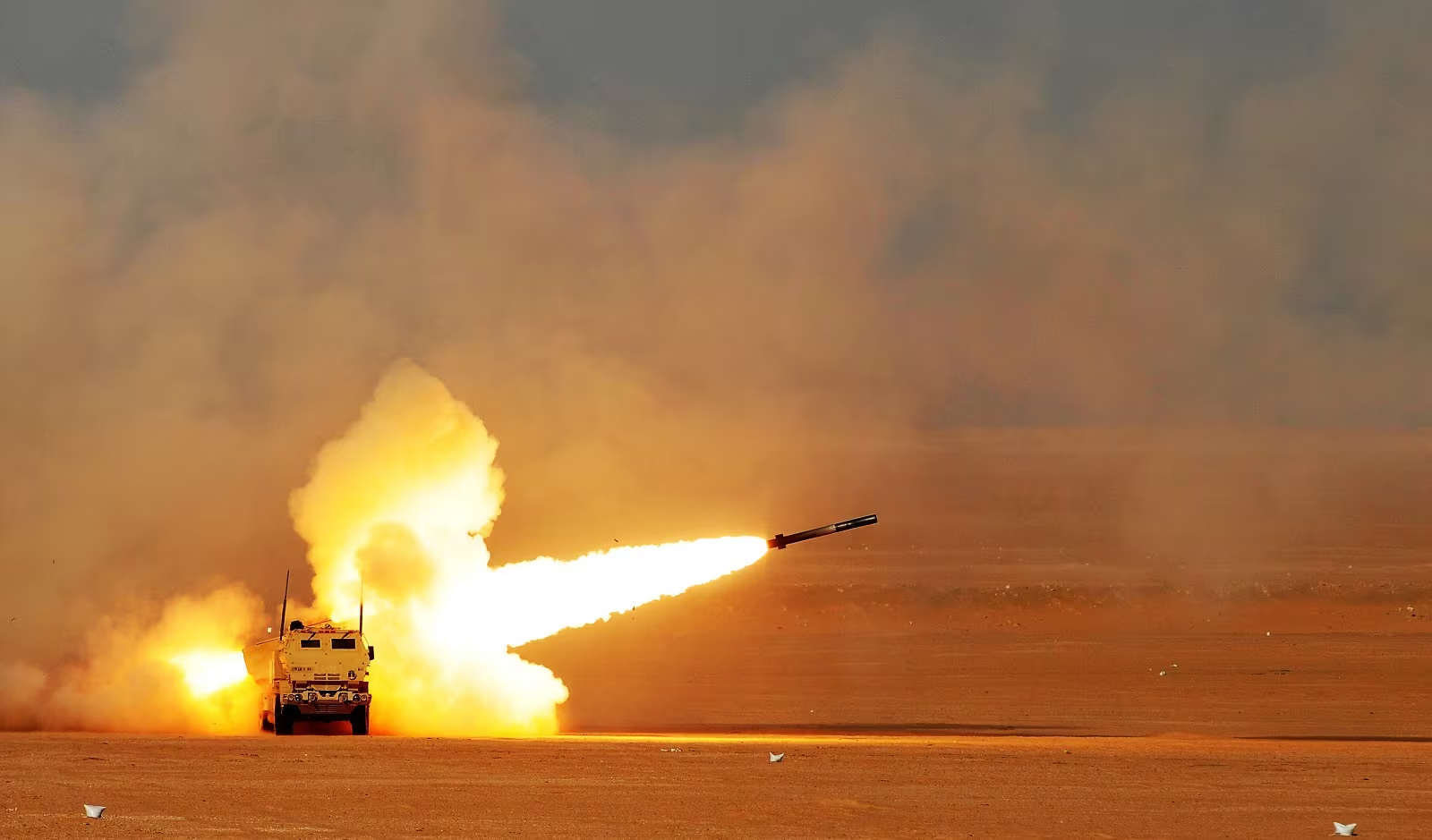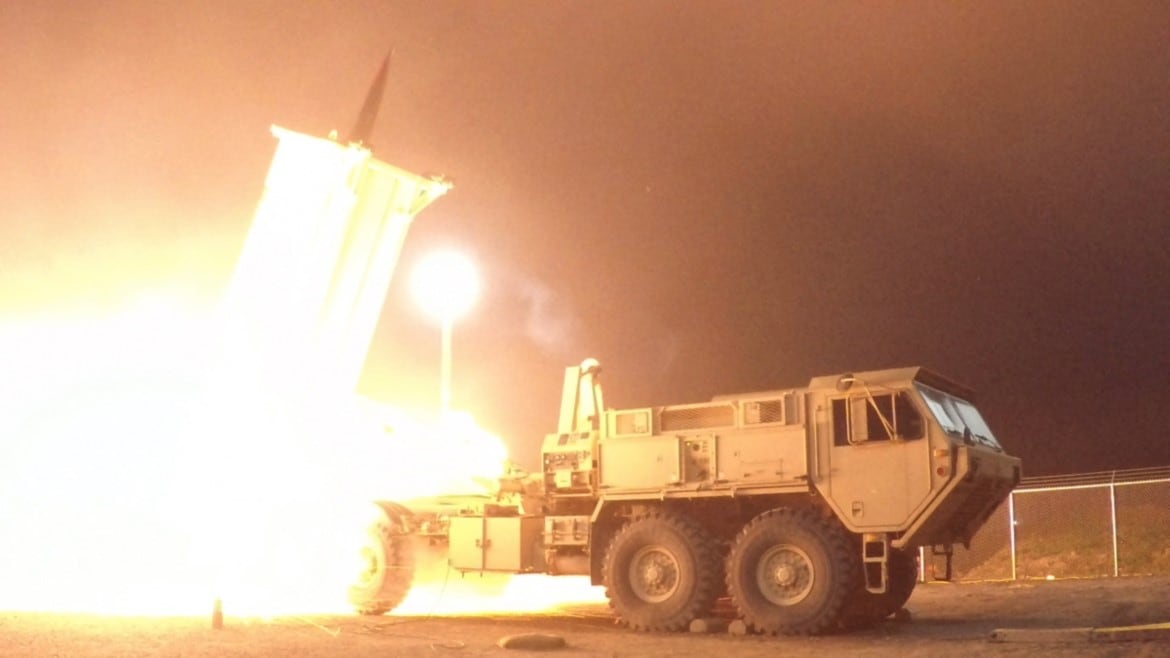WASHINGTON — The U.S. Army is in the throes of updating its air-and-missile defense strategy to align with the Pentagon’s conviction that the military must modernize and overmatch its near-peer adversaries Russia and China.
Missile defense plays an important role in the new National Defense Strategy released earlier this year. The head of the Army’s Space and Missile Defense Command, Lt. Gen. James Dickinson, told Defense News at the Association of the U.S. Army’s annual conference that the organization is currently updating the strategy. He also noted that the service’s current investments and road map for missile defense is aligning with the goals set forward in the NDS.
“We’ve got a great defense budget right now,” he said. “The investments we are making right now, that are in line with what that strategy [is], will eventually roll out.”
RELATED

The last AMD strategy was crafted in 2012. In 2015, the command updated the document, Dickson explained, but since then much has changed, including the NDS, the establishment of a new four-star command — Army Futures Command — tasked to more effectively and rapidly modernize the force, and the formulation and refinement of multidomain operations as a concept.
“We now see threats that we didn’t see necessarily back in 2015 as near peer, and so we’ve had to adjust our strategy or tailor our strategy to make sure that we account for that,” Dickinson said.
Dickinson had said early in 2018 that the strategy would roll out in the summer, but that was before the NDS was released. He would not comment on when the strategy might come out.
The strategy will likely focus on the need to move to an integrated, tiered and layered missile defense architecture, Dickinson said.
RELATED

“We’ve got some wonderful systems that we have, and have developed over many years, that are very capable and very lethal,” Dickinson said. “We need to make sure that we build those capabilities so that they are integrated together and that they are tiered. And what I mean by tiered is that you have more than one capability that can defeat a certain threat or certain threats.”
There’s no silver bullet to handling all threats when it comes to missile defense, Dickinson noted. “But you have many that you can employ to make it very confusing for our adversaries in how we are defeating that particular threat,” he said.
The Army is currently working to tie together two of its key AMD systems — the Patrtiot medium-range missile defense system and the Terminal High Altitude Area Defense system — to detect and respond at greater ranges but also to supply flexible defeat options to commanders.
RELATED

The service is also developing an Integrated AMD system to replace Patriot that will have a new command-and control system and a new, more capable radar.
Additionally, the Army is working to address the cruise missile threat through its Indirect Fire Protection Capability Increment 2 program and may bring on an interim capability to get after the threat before IFPC Inc. 2 is ready.
With all of these plans, the Army is moving faster than some previous efforts and has drastically reduced timelines on its major lines of AMD modernization goals.
Jen Judson is an award-winning journalist covering land warfare for Defense News. She has also worked for Politico and Inside Defense. She holds a Master of Science degree in journalism from Boston University and a Bachelor of Arts degree from Kenyon College.





